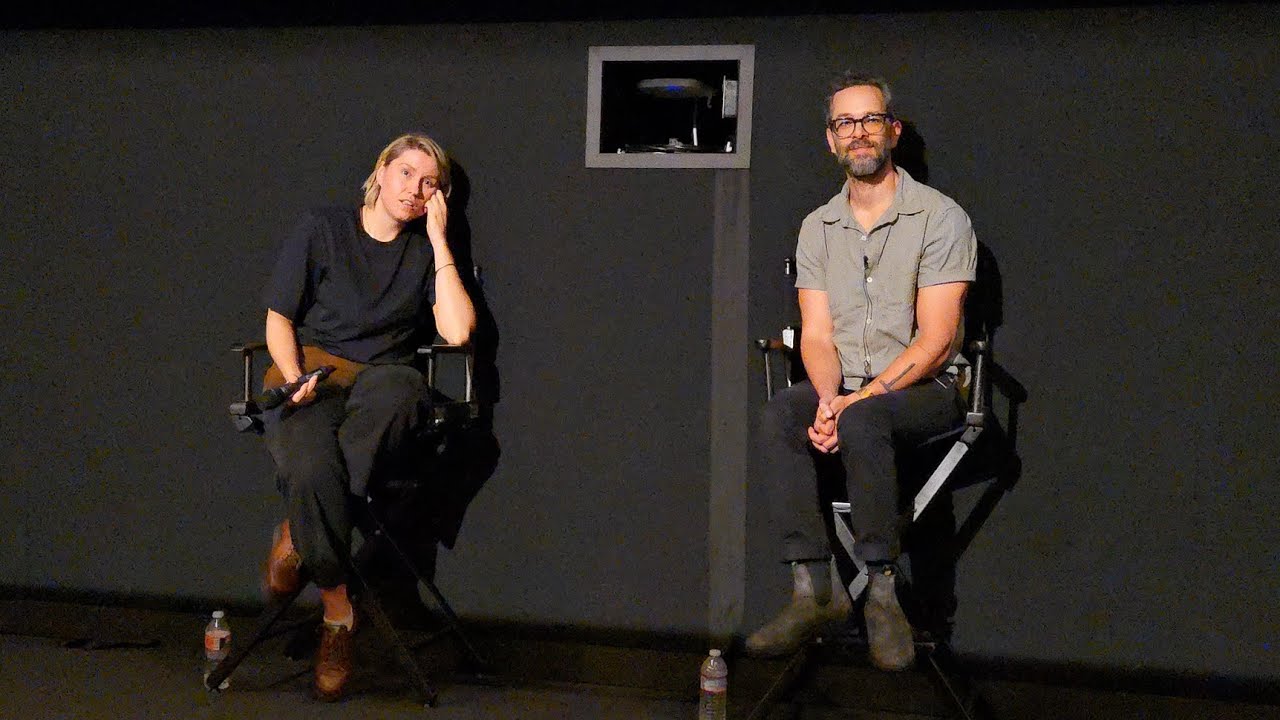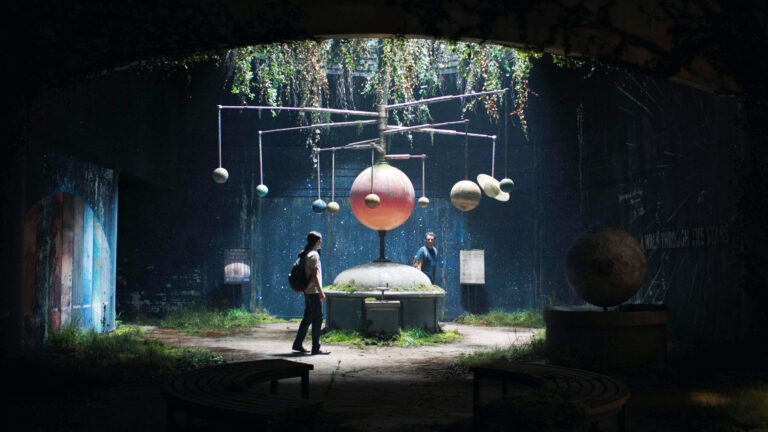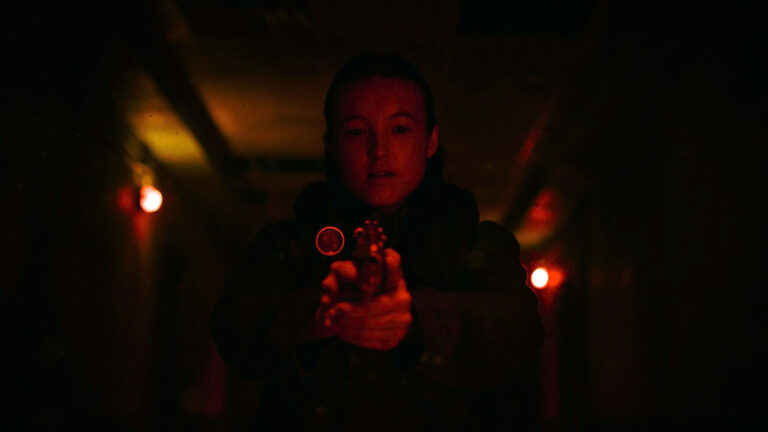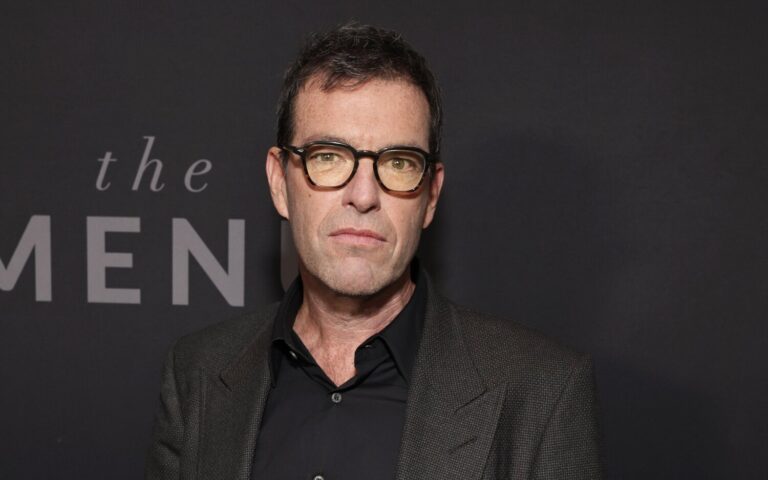How Episode 1 Set the Mood for The Last of Us Universe
Ksenia Sereda might not be a household name just yet, but fans of HBO’s The Last of Us definitely know her work — whether they realize it or not. If you ever paused the show, clutching your couch cushion in silent terror, or got dizzy watching the nail-biting escape from Austin as Joel, Sarah, and Tommy barrel through chaos at the start of Episode 1, you’ve got Sereda’s camera to thank. Her vision set the mood right from the first shattering moment, and honestly, the entire post-apocalypse feels more believable because of her style.
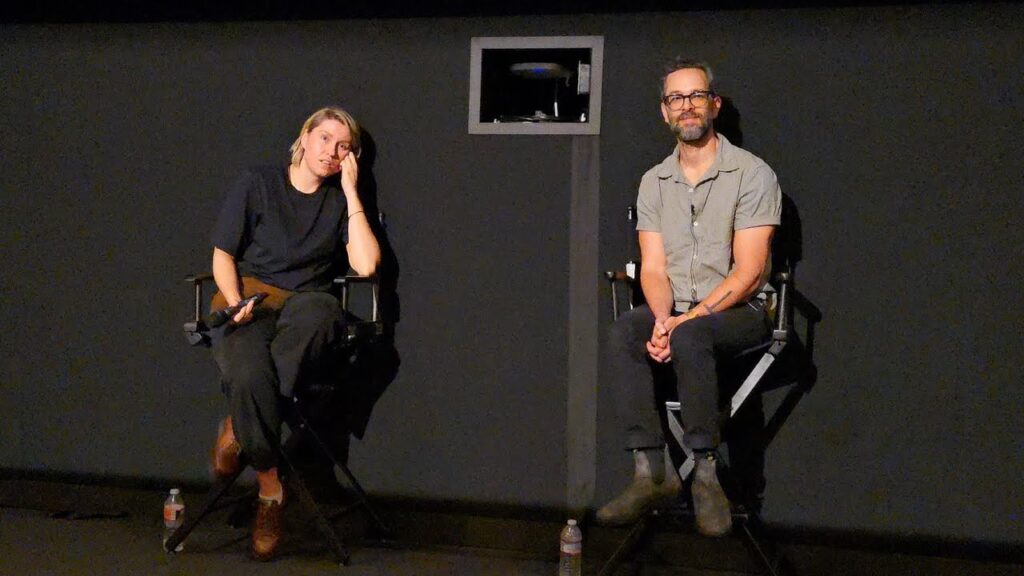
From Chernobyl’s Grit to Cordyceps Mayhem: Who is Ksenia Sereda?
Let’s get this straight — Ksenia Sereda is no ordinary cinematographer. Born in Moscow on August 24, 1994, she’s got an eye for evocative, visceral storytelling. Before stepping into the fungus-strewn nightmare of The Last of Us, Sereda pulled off some seriously heavyweight visual magic in the Russian drama Beanpole. That film won her the Asia Pacific Screen Award for Best Cinematographer. Not bad for someone who barely needs to borrow time to finish her coffee!
But if you’re thinking, “Wait, the look of The Last of Us feels familiar…” you might be remembering another HBO heavyweight — Chernobyl. Although Sereda didn’t shoot Chernobyl herself, she’s often compared to the show thanks to the moody realism and that special kind of tension you could slice with a knife.
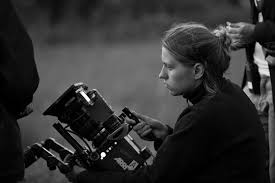
Vision Meets Adaptation: Translating The Game’s Grit to TV
The Last of Us, as every devotee already knows, didn’t start its journey as peak TV. It was a game first — a moody, emotional, and often jaw-dropping piece of interactive art. Making a series that’s as immersive as pressing “play” was a tall order. Step in, Ksenia Sereda.
She often discussed her admiration for the game’s cinematic qualities, according to interviews with major industry outlets. She respected what the original achieved — how it pulled emotions from players, even as they ducked clickers and rationed bullets. Her mission? Don’t lose that feeling. Bring it to TV and make people care, edge-of-their-sofa style.
Working alongside showrunners Craig Mazin (yes, the Chernobyl guy!) and Neil Druckmann (the creative force behind the original game), Sereda plotted out a visual language that screams authenticity. She chose a documentary-style, handheld approach, especially when chaos erupts or the world seems too huge and overwhelming for tiny human decisions. This style roots every scene in the characters’ lived experience. You’re not just watching Joel and Ellie — you’re basically breathing with them.
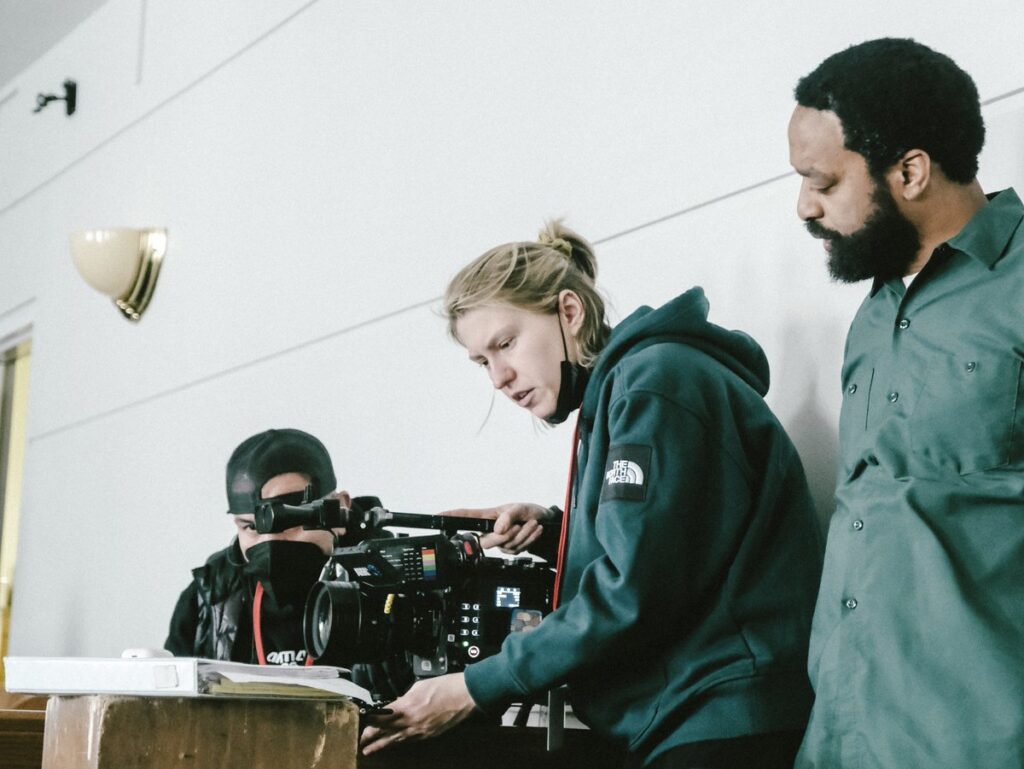
Lights, Camera, Panic! The Outbreak Unleashed
Of course, no conversation about Episode 1’s look goes anywhere without mentioning “the” car scene. That infamous, pulse-thumping escape as everything falls apart around Joel’s devastated family. This sequence snagged the internet’s imagination and trended across every platform the night the show dropped.
Here’s the wild part: Sereda ran that entire shoot like a carefully orchestrated dance. The big trick? She squeezed herself into the backseat with a handheld camera. We’re talking long, unbroken shots — alive with frantic detail. Glass shatters, cars collide, and flames flicker. Over four exhausting weeks, with hundreds of actors and background artists, Sereda and the crew stitched together one of the decade’s most talked-about TV scenes. Fans on Twitter and Reddit couldn’t believe the nerve-wracking result.
Lighting: Shadow and Flame, No Filters Required
Now, let’s talk mood. And not in a “I need more coffee” way. Sereda chose lighting that looks as if it belongs in this battered world. Forget movie magic with softboxes the size of small countries. She leaned on whatever felt real — flashlights, fires, the pale glow of an emergency streetlamp during a blackout.
- Why does it matter? Well, in those spooky, hush-quiet moments where only breath and boot-scrapes echo, her lighting choices keep us right in the world.
- The museum scene is a textbook example. The infamous clickers prowl the dark. Flashlights slice through shadows. No Hollywood gloss — just sweating palms and fast heartbeats.
And fans noticed. Over on forums, they dissected how those simple light choices made every scrape and snarl feel ten times more intense. It helps everyone share Joel and Ellie’s fear on a primal level.
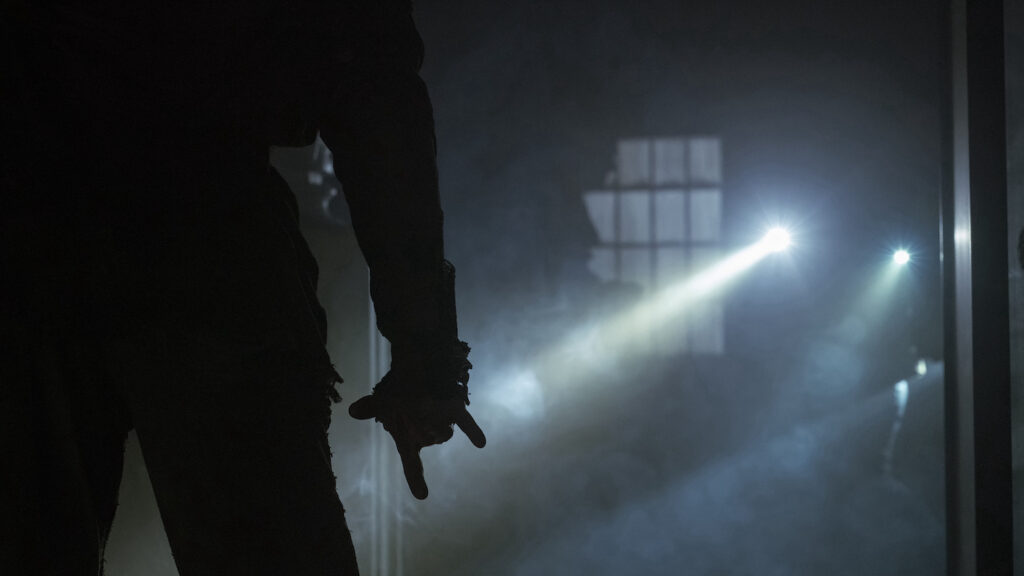
Tools of the Outbreak: A Cinematic Gearhead’s Dream
Sereda didn’t wing it with bargain-bin equipment. She brought the big guns: the ARRI Alexa Mini camera and Cooke S4/i lenses. What does that mean for us couch potatoes? It’s a technical match made in Heaven for TV that wants to feel gritty but still be gorgeous.
These cameras can grab faces in intimate closeup — every pore, tear, or twitch — while refusing to turn backgrounds into mush. And when Sereda’s crew shot scenes with dim firelight, or those endless empty hallways, the dynamic range kept everything sharp. These visual choices give the world of The Last of Us an immersive, haunted beauty.
You can feel the thoughtfulness in every frame. It’s never haphazard. There’s emotion baked right in, whether the camera hovers close to Joel’s grief, or sweeps past a landscape rotting and reborn. The tools matter, but the touch behind the lens? Even more so.
Sereda’s Showmanship: Where Story and Style Collide
What separates The Last of Us from other apocalypse fare — besides monsters you never want to hear in the dark — is its focus on emotional survival. Sereda’s lens makes sure we’re always one step away from empathy overload.
- She pairs wide, lonely landscapes with tight closeups. We get a reminder: yes, the world is massive and crumbling, but so are the personal stakes.
- She never lets viewers forget the fragility of these characters. Their fear, their fleeting moments of hope, and every unsaid word flickers right across the frame.
The community picked up on this, too. Social media buzzed about how the show radiates tension even when nothing happens. It’s those silent moments — Ellie’s uncertain glances, Joel’s haunted silence — where Sereda’s magic does the heavy lifting. Fans dissect still frames, hunting for hidden storytelling.
Behind the Scenes: Collaboration, Crunch, and a Little Chaos
Sereda didn’t go it alone. With showrunners Mazin and Druckmann, they built a creative sandbox that mixed homage with originality. They honored the game — sometimes copying its shots to the pixel — but also stretched their wings.
Planning meant everything. But when it came to the shoot, she trusted her instincts. A late-night scene might demand improvisation. An outbreak crowd scene might run longer or go sideways because, well, chaos is the name of the game on this set. However, her background in Russian film, where she learned to shoot with minimal resources, meant she thrived in unpredictability.
Fan Fuel: How the Audience Reacted
So, how did all this play out beyond the editing suite? The internet exploded — positively. Naysayers (because every fandom has them) tried poking at the slow pacing, or the moody palette, but the majority gave Sereda’s work rave reviews.
- Twitter trended with side-by-side comparisons of scenes from the game and the show, praising her craft.
- Reddit threads dug deep into her camera movement, calling it “game-changing” for video game adaptations.
- Even casual watchers who’d never heard of “cinematography” got sucked in by that jaw-clenching sense of place.
Why Cinematography Matters More Than You Think
Still, it’s easy to take this stuff for granted. Good camera work feels invisible — until it’s not. You barely notice, but you feel everything. The panic, the quiet, those gut-punch moments when Ellie stares down a darkened staircase or when the world goes quiet and ruined.
Sereda’s choices elevate every scene, rooting us in this pandemic-ravaged wasteland. The show isn’t just about monsters or survival; it’s about hope fighting through the cracks. The lens guides that hope, sometimes bright, more often flickering in the dark.
Final Thoughts From the Shadows
In the end, Ksenia Sereda’s vision is everywhere in The Last of Us. She set the tone so perfectly in Episode 1 that every subsequent director and cinematographer honored her blueprint. You can hardly believe this brand-new TV world exists if not for how she lit it, shot it, and pulled us straight into the outbreak.
Next time you hear a clicker in the distance — or watch sunlight slant through broken windows on screen — take a second and think of Sereda. Her work proves that sometimes, the quietest person behind the camera says the most.

